11 May, 2023

Swimming pools are the ultimate source of fun and relaxation during the summer months. However, they can also be a potential source of danger if not monitored and maintained properly. A swimming pool accident can occur in the blink of an eye, causing serious injury or even death. According to The Centers for Disease Control (CDC) there are over 4,000 fatal unintentional drownings, including boating-related drowning, each year in the United States. Many of these drownings are preventable.
As a pool owner or property manager, it is your responsibility to ensure that your swimming pool is safe for use and state regulations are followed.
If you or a loved one were injured in a swimming pool accident, contact The Barnes Firm today at (800) 800-0000 for a FREE case evaluation. Our attorneys are available 24/7 to answer any questions you have regarding your accident and provide you a FREE case evaluation.
As pool owners or property managers, safety should always be the top priority. From slip and falls to drowning, there are several risks associated with swimming pools that are very serious. The most common causes of swimming pool accidents include:
Lack of supervision is a leading cause of drowning, especially among children. Drowning is the leading cause of death among children aged 1-4. Small children should never be left unattended near a pool, even for a moment. In addition, public pools should ensure all lifeguards have proper training and a lifeguard is always on duty to prevent accidents from occurring.
Faulty pool equipment can also be a cause for concern. It is important to conduct regular maintenance checks to ensure that all equipment such as pool pumps, filters, and drains are in good working condition. Faulty equipment can cause injuries, such as suction entrapment or electrocution, and should be repaired or replaced immediately. In addition, safety covers should be in place and properly secured when the pool is not in use to prevent accidents.
Slippery surfaces around the pool area, including the deck and pool ladder, can be another common cause of accidents. It is important to ensure that the surfaces are slip-resistant and free of any hazards, such as algae or debris, that can cause slips and falls. Regular cleaning and maintenance can help to prevent these types of accidents from occurring. In addition, it is important to have proper signage in place to alert swimmers of any potential hazards and to provide clear instructions for safe pool use.
It is essential to ensure that your pool has adequate fencing and barriers to prevent children from gaining access to the water.
It is important to remind swimmers to drink responsibly and to never swim under the influence of drugs or alcohol. It is also important for pool owners and managers to enforce rules around alcohol consumption and swimming.
Premises Liability laws state that the owner or manager of a property is responsible for maintaining a safe environment for guests. This includes ensuring that the pool area is free of hazards, that appropriate safety measures are in place, and that swimmers are aware of the rules and potential dangers. If an accident does occur, liability may fall on the owner or manager if they were negligent in their duty to maintain a safe environment. It is important to consult with a legal professional if you are unsure of your liability as a pool owner or manager.
Product Liability laws state that if a swimming pool or equipment manufacturer or seller produces a defective product, they may be held liable for any accidents or fatalities resulting from the defect.
If you or a loved one has been injured in a swimming pool accident, it is important to seek legal counsel from an experienced personal injury lawyer at The Barnes Firm. Our team of experienced lawyers can help determine liability and seek compensation for medical expenses, lost wages, and other damages. Call us today at (800) 800-0000 for a FREE case evaluation.
Written by The Barnes Firm, reviewed by Richard Barnes

Rich Barnes
President
Richard Barnes: “As President of The Barnes Firm, I have dedicated my career to achieving justice in hundreds of cases for the victims of injuries caused through the fault of others. Additionally, I have been honored to have been elected Best Lawyer and a Super Lawyer”
Years of Experience: 30+ years
LinkedIn Profile: Richard Barnes


This page has been written, edited, and reviewed by a team of legal writers following our comprehensive editorial guidelines. This page was approved by attorney president Rich Barnes who has more than 30+ years of legal experience as a practicing personal injury trial attorney.
The Barnes Firm is here to help you. Our personal injury firm helps individuals and their families who
have suffered an injury in an accident.
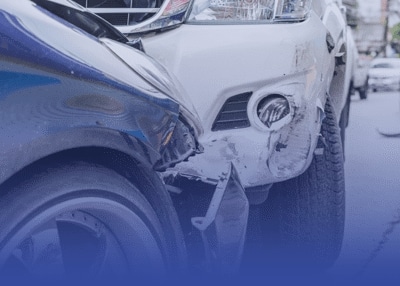
Whether your car crash was minor or serious, any injuries sustained in an accident can be painful and costly.
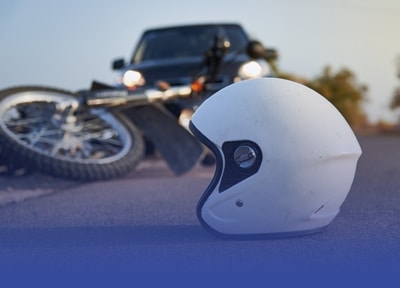
All motorcycle accidents are different, the compensation you receive will depend on the circumstances surrounding your accident.

A truck accident can be catastrophic, even in low-impact crashes, if you or your family are involved, you may be entitled to significant financial compensation.
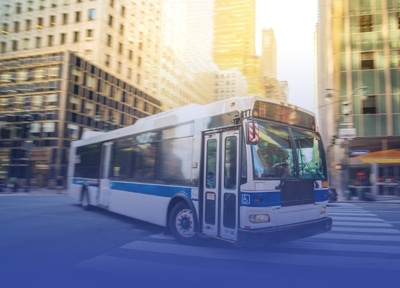
There are dozens of accidents involving school buses each year, most commonly, involving children outside a school bus.
Explore Articles Related to Your Situation

In a lawsuit, the amount of money an accident victim receives can be classified as either compe...
read more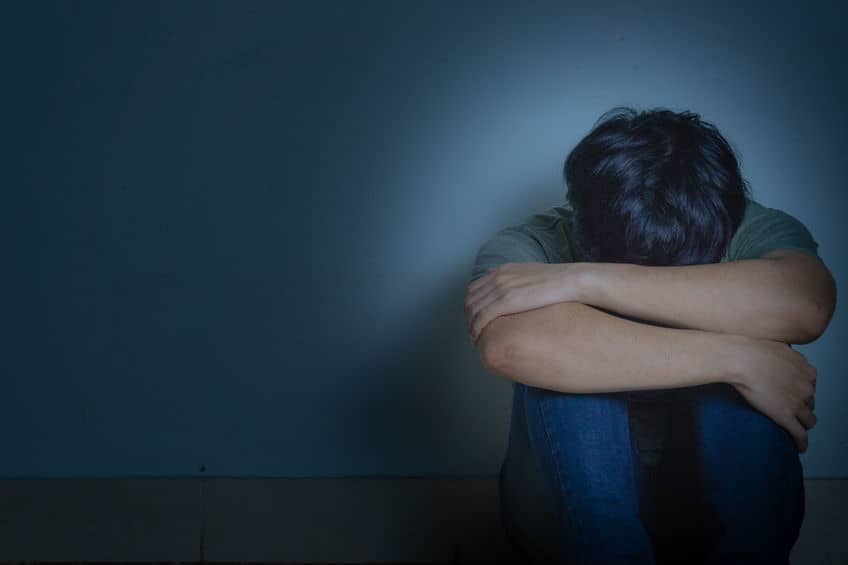
Many people have heard of the term “pain and suffering,” but they may not know what it mean...
read more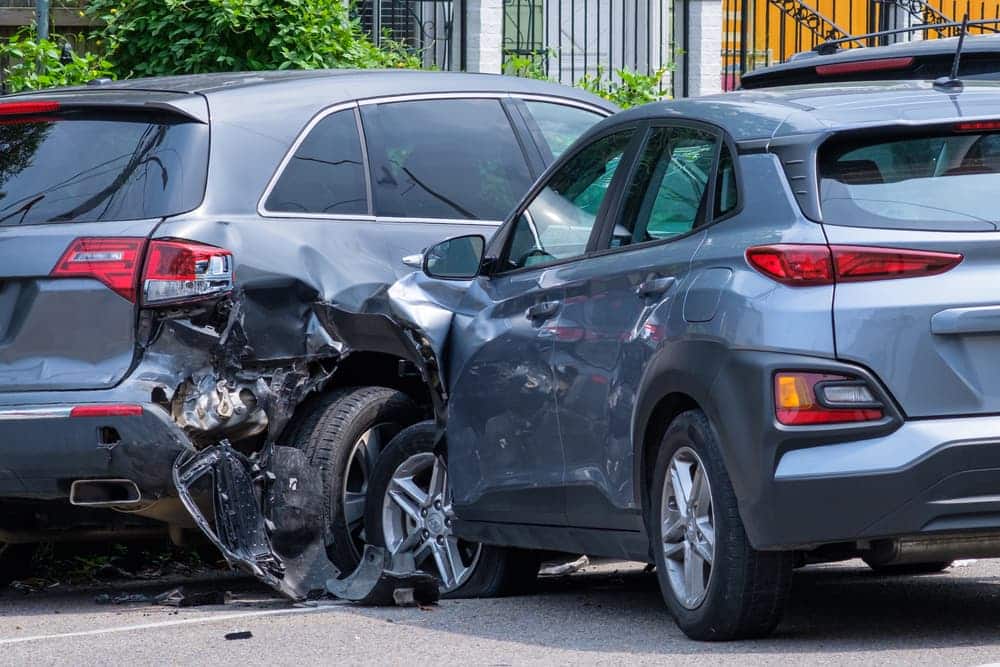
In New York’s buzzing metropolis, navigating in the legal land of car accident claims is conf...
read more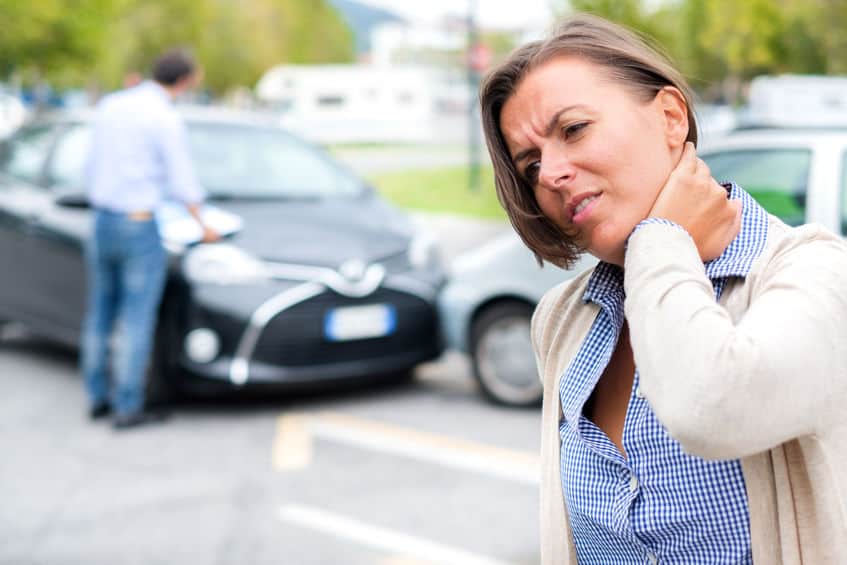
Every year, more than 3 million people are injured in car accidents across the United States. M...
read moreWe are always available to discuss your case. Give us a call at (800) 800-0000.
Fill out our form and we will contact you shortly to discuss your case
Our attorneys will come to your home, office or hospital at your convenience.
We are available anytime, including after hours and
weekends.
420 Lexington Avenue
Suite #2140
New York, NY 10170
Phone: (800) 800-0000
Fax: +1 (800) 853-5153
600 Old Country Road
Suite #425
Garden City, NY 11530
Phone: (800) 800-0000
Fax: +1 (800) 853-5153
500 Pearl Street
Suite #700
Buffalo, NY 14202
Phone: (800) 800-0000
Fax: +1 (800) 853-5153
451 Grider Street
Buffalo, NY 14215
Phone: (800) 800-0000
Fax: +1 (800) 853-5153
28 East Main Street
Suite #600
Rochester, NY 14614
Phone: (800) 800-0000
Fax: +1 (800) 853-5153
633 West 5th Street
Suite #1750
Los Angeles, CA 90071
Phone: (800) 800-0000
Fax: +1 (888) 800-7050
555 12th Street
Suite #1470
Oakland, CA 94607
Phone: (800) 800-0000
Fax: +1 (888) 800-7050
655 W. Broadway
Suite #940
San Diego, CA 92101
Phone: (800) 800-0000
Fax: +1 (888) 800-7050